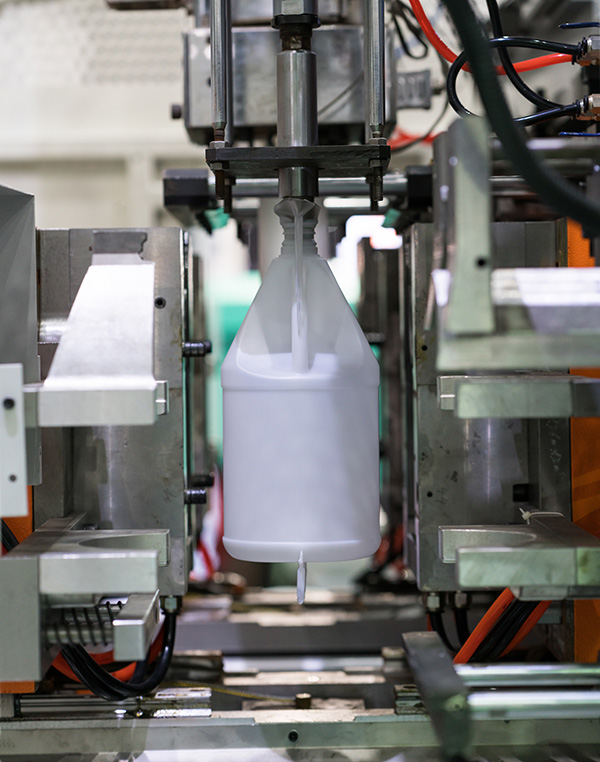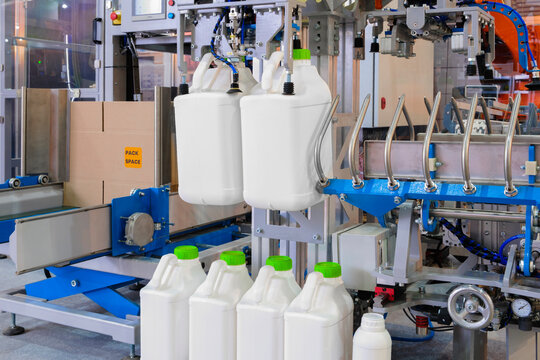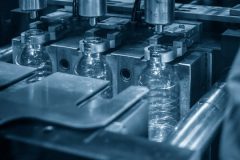Blow molding is a fascinating process. It turns plastic into everyday items like bottles and containers. First, a machine heats the plastic until it’s soft. Then, it shapes this molten plastic using air pressure. This air pushes the plastic into a mold, and voila! We get our desired shape. It’s like inflating a balloon inside a shaped container. This method is popular because it’s fast and efficient. If you’ve ever used a plastic bottle, you’ve seen blow molding in action. Let’s go into how this amazing technique works!
What is blow molding?
Blow molding is a manufacturing process. It’s used to make hollow plastic parts. Think of items like bottles or toys. Here’s how it works: First, melted plastic forms a tube. This tube is called a “parison”. Then, this parison goes inside a mold. Air blows into the parison, pushing it against the mold. The plastic takes the shape of that mold. After cooling, the plastic hardens. Finally, the mold opens to reveal the shaped product. It’s a popular method because it’s efficient. Products made this way are lightweight yet strong. Next time you drink from a plastic bottle, think of blow molding!

How does blow molding work?
Blow molding is a fascinating process. It’s like magic, turning liquid plastic into everyday objects we use. So, how does it work?
Starting with the Basics
At its heart, blow molding shapes hollow plastic parts. Items like water bottles, toys, and containers all come from this method. This technique allows for mass production, which means lots of products in less time.
The Raw Material – Plastic Resin
Our journey starts with small plastic beads. These are called resin. They serve as the foundation for our final product. These beads get fed into a machine, and the magic begins.
Melting the Resin
The machine heats the resin beads. They melt into a thick, gooey liquid. This liquid state is crucial. Why? Because it’s moldable. It’s like clay for a sculptor, ready to take any shape.
Forming the Parison
The melted plastic now needs a shape. It gets formed into a tube. This tube has a special name: “parison”. Think of it as the first draft of our final product.
The Mold’s Role
The mold is like a book cover, holding our story inside. The parison goes between the two halves of a mold. This mold has the exact shape of our final product. It’s waiting for the parison to fill it up.
Blowing Air into the Parison
Here comes the exciting part! Air blows into the parison. This air pushes the soft plastic against the mold walls. The plastic now takes the shape of our desired product. It’s like blowing up a balloon inside a box. The balloon will take the box’s shape.
Cooling and Hardening
But our product is still soft. We don’t want a floppy water bottle, right? So, the mold cools the plastic down. As it cools, the plastic becomes solid. It’s transforming from its liquid state into a sturdy object.
Opening the Mold
Once our product is cool and solid, it’s time for the big reveal. The mold opens up. What was once a liquid is now a formed product! It’s ready for the world to use.
Trimming Excess Plastic
Sometimes, there’s extra plastic around the edges. We call these “flash”. It’s like the crust on a pie. This extra plastic gets trimmed off, ensuring a neat final product.
Quality Check
Just like a chef tastes their dish, each product gets checked. It ensures that every item meets quality standards. If it’s perfect, it moves on. If not, it goes back into the process.
Recycling the Waste
Remember the trimmed-off plastic? It doesn’t go to waste. Factories often recycle it. They grind it up and use it again. This helps in reducing waste and saving resources.
Packing and Shipping
Now, our product is ready. Workers pack them up and ship them out. Soon, they’ll be on store shelves, waiting for you.
A Few Cool Facts
Blow molding isn’t new. It has been around since the 1930s.
The process can make small items like bottles and big items like tanks.
Some products combine different types of plastics. This gives them unique properties.
Types of Blow Molding Methods
Blow molding is a cool technique! But did you know there are different types of blow molding methods? Let’s explore them together.
Extrusion Blow Molding (EBM)
This is the most common method. First, a machine forms a plastic tube called a “parison”. This tube goes into a mold. Then, air blows into the tube, pushing the plastic against the mold. Once cooled, we get our product. Many plastic bottles use this method.
Injection Blow Molding (IBM)
This method has two main steps. First, melted plastic gets injected onto a “core pin”. This forms the product’s neck and body. Then, this preform moves to a blow mold. Air inflates it, forming the final shape. It’s great for small containers.
Stretch Blow Molding (SBM)
Here’s a fun twist. Before blowing air, we stretch the plastic. This makes the product stronger and clearer. Think of those crystal-clear plastic bottles. Many of them come from this method.
Injection Stretch Blow Molding (ISBM)
This combines IBM and SBM. First, we inject the plastic. Then, we stretch and blow mold it. The result? Super clear and strong products.

Advantages and Disadvantages of Blow Molding
Advantages of Blow Molding:
Fast Production: Blow molding makes products quickly. It’s great for high-volume needs.
Versatile Shapes: You can create complex and unique shapes.
Low Cost: Per unit, blow molding is often cheaper.
Efficient Material Use: This method wastes less material.
Seamless Design: Products have smooth, one-piece designs.
Lightweight Products: Blow-molded items are often light but strong.
Color Integration: You can mix colors directly into the material.
Recyclable: Many blow-molded products are easy to recycle.
Disadvantages of Blow Molding:
Limited Materials: Only certain plastics work well with this method.
High Setup Costs: Initial mold design and setup can be expensive.
Not for Thick Products: It’s hard to make items with thick walls.
Quality Variation: Some products might have inconsistent wall thickness.
Limited Detail: Fine details might not show up well in the final product.
Mold Wear: Molds can wear out and need replacement.
Environmental Concerns: Some plastics are not eco-friendly.

